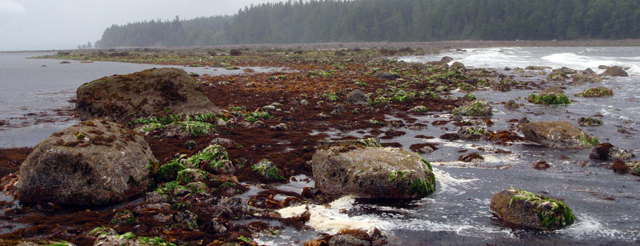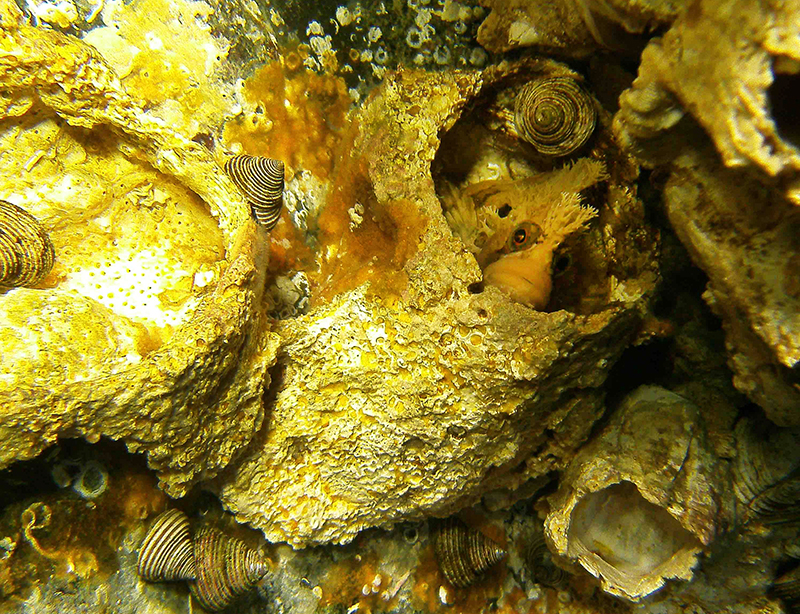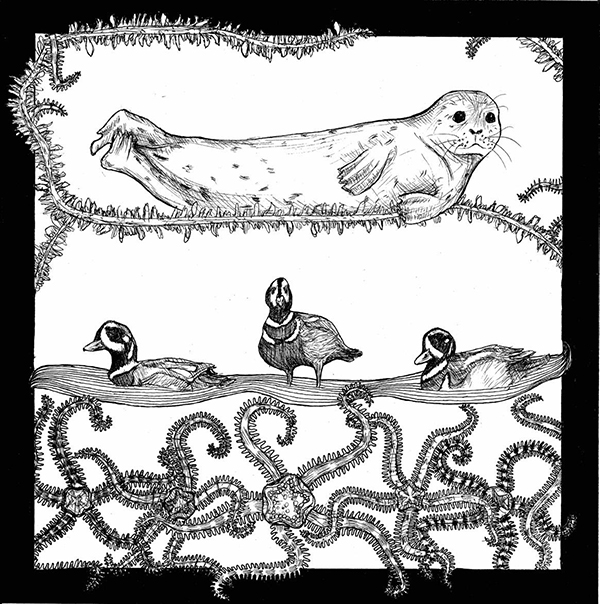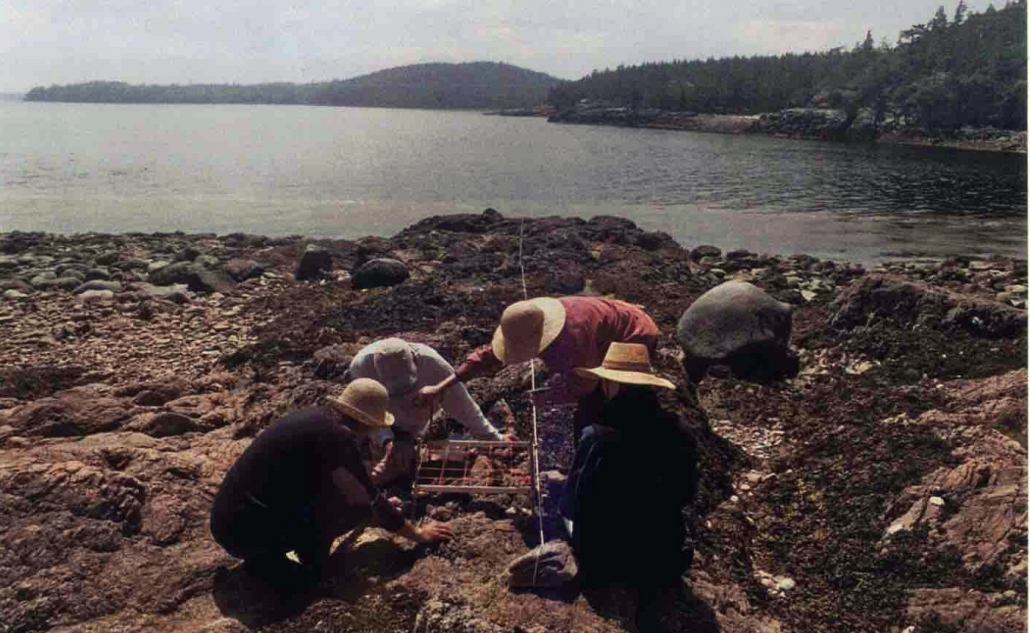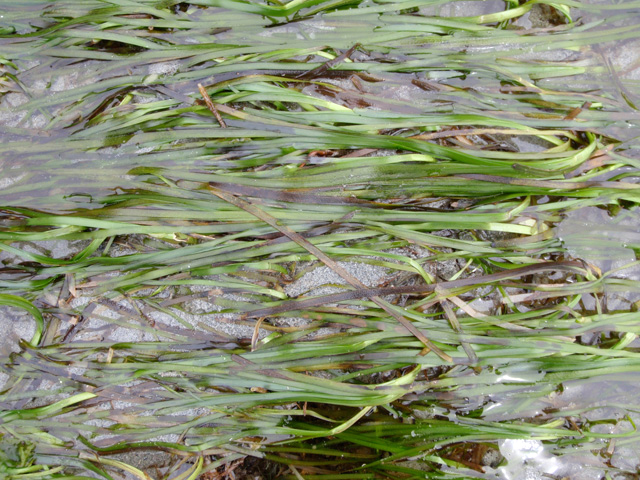By Laara Huuskonen
Cortes Island is a place rich with endangered ecosystems, many of which are marine. The conservation efforts of these ecosystems are pivotal and deserve more attention from the public. The community of Cortes has been fighting to raise awareness and start action for the protection of these incredibly important endangered ecosystems. One of the organizations that have done a lot of important work is Friends Of Cortes Island.
A Decorated Warbonnet hiding in the remains of a Giant Acorn Barnacle off of Cortes Island
Friends of Cortes Island Marine Stewardship Initiative Click on the Image for PDF
The coast of Cortes Island is home to many endangered ecosystems, these ecosystems are dwindling due to human activities. Being careful around these sensitive ecosystems is of paramount importance, and deserves more attention from the public. Friends Of Cortes Island (FOCI) has been fighting to protect these areas, and their five projects for marine conservation have been happening for over 25 years. One of the products of their research over the years is a complete marine inventory for all the marine species on Cortes Island. There have been over 500 different species identified, all compiled into the inventory last summer.
Sabina Leader Mense
Sabina Leader Mense is an accomplished marine biologist who has been working with FOCI for over 25 years doing research on areas that are extremely understudied despite their importance. During my research on endangered marine ecosystems, I could seldom find a relevant academic article with recent information. That is why this research is so important for these local ecosystems. FOCI has five main projects for marine conservation and has been involved with the community to raise awareness.
The first of these five projects is the Foreshore Monitoring Project, which has been active since 1995 until the present. Twelve foreshore sites were found and monitored annually for ten years, thus providing a wealth of information for future reference and research.
The second is the Sensitive Marine Habitat program, which has three sub-projects under it, one of which is the three reefs project. These reefs are the rebounded remains of 30-40 million-year-old glacier sediments. The three reefs are monitored for fauna and flora and ecosystem functionality. Next is the eelgrass beds project, which is dedicated to protecting the local eelgrass beds around Cortes. They are extremely important indicators of nearshore health and provide vital nursery grounds for many species.
The third is the Subtidal Biodiversity program which monitors the local subtidal environment in areas with moderate to high current activity.
The fourth project is the Forage Fish Program of which FOCI was invited to participate in a coastal monitoring program on forage fish which spans from Victoria to Cortes. The monitoring is on the Pacific Sand Lance (Ammodytes hexapterus). These small schooling fish represent a critical link in the food chain that provides forage/food for 45 species of fish, 40 species of seabirds and 12 species of marine mammals.
Eel Grass (Zostera marina)


